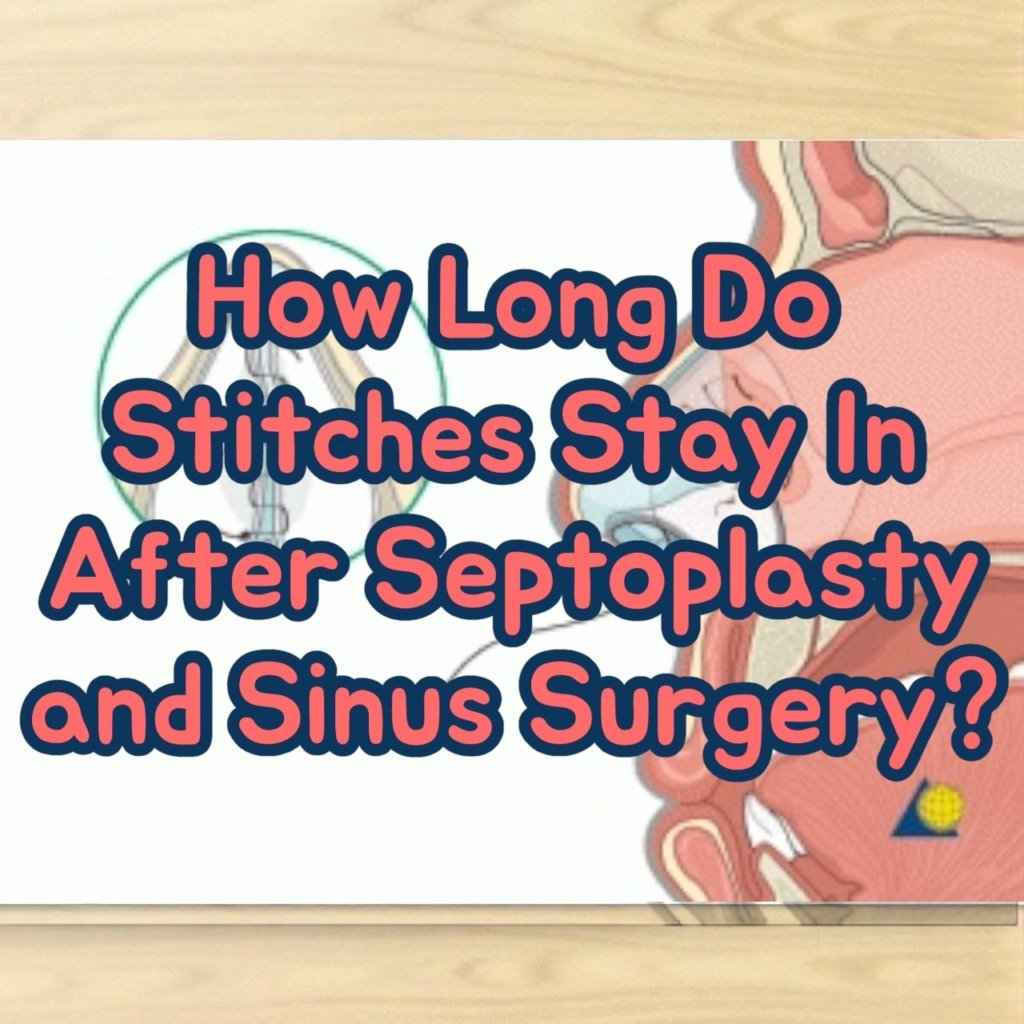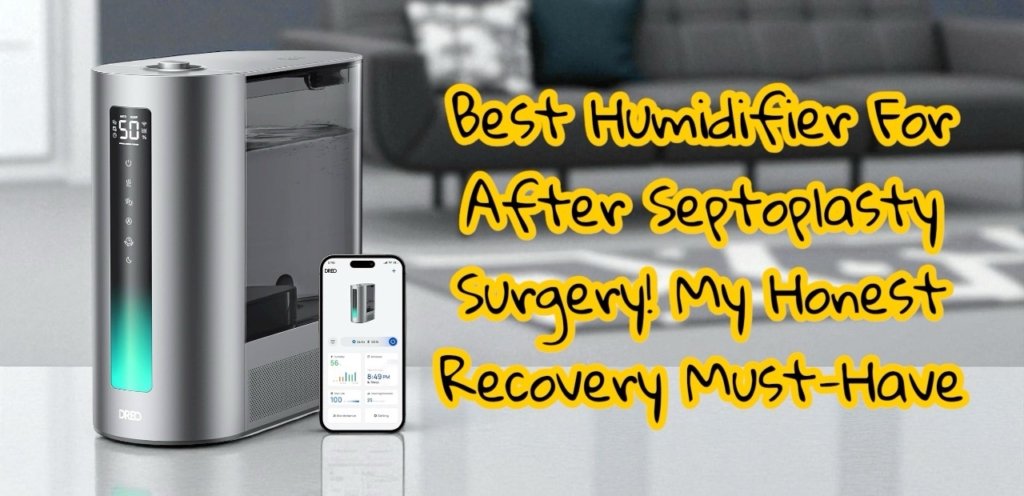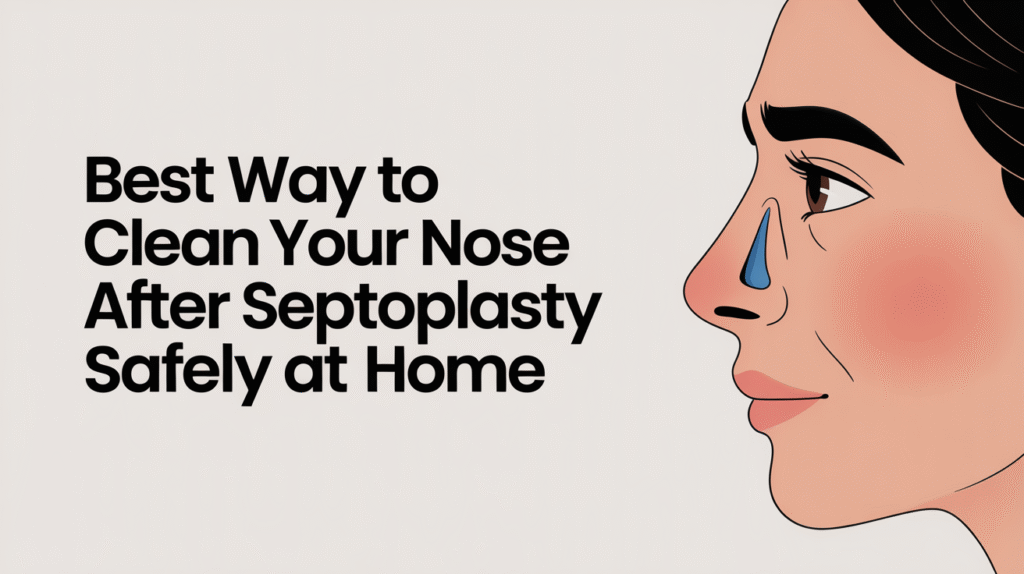
My First Attempts at Cleaning My Nose After Septoplasty
I remember thinking, “How hard can it be to clean your nose after septoplasty?” Turns out, it’s way more complicated than blowing your nose or using a tissue. The truth is, how to clean your nose after septoplasty isn’t just about comfort—it’s about healing safely. After my deviated septum surgery, everything was super sensitive, and trying to clean too aggressively made things worse. The inside of my nose felt raw, swollen, and just downright painful.
The ENT gave me basic guidance, but I found myself googling things like how do I rinse my nose after sinus surgery without hurting myself? That’s when I learned I wasn’t alone—most people are clueless at first, just like I was. And the wrong move can make your healing worse, so trust me when I say: gentle is key, and having the right tools makes a world of difference.

Don’t Blow It: Why Gentle Cleaning Matters
You can’t just blow your nose post-op like you used to. That pressure can mess up your septum, cause bleeding, or even dislodge the internal healing process. I had a moment on day three where I tried to gently blow my nose, and instantly regretted it. My ENT warned me not to—but I got impatient. Big mistake.
Instead, I focused on saline rinses, using electric sinus rinse machines like the one I reviewed in this article:
👉 Best Electric Sinus Rinse Machine That Actually Works
This tool allowed me to rinse my nasal passages without adding pressure. It’s a total game-changer compared to squeeze bottles or Neti pots, which either didn’t work well or were painful to use. I’ve also since discovered a second great device that’s even more gentle and family-friendly, which I reviewed here:
👉 Why This Cordless Nasal Irrigation System Works Better Than a Neti Pot

Tools I Used That Actually Helped Me Heal
Here’s what helped me the most when figuring out how to clean my nose after septoplasty without causing pain:
- Nasal irrigation machines: These let me control the water flow and avoid stinging. This NASALFRESH MD Sinus Rinse Machine was my personal favorite.
- Cotton swabs + saline: After a few days, I was able to very gently moisten a Q-tip with sterile saline and clean around my nostrils. Only once I got the OK from my ENT!
- Crushed ice + paper towels: When my nose felt sore after cleaning, I used a soft paper towel and a bit of ice in a small plastic bag to ease the pain—especially near the tip of my nose.
- Patience: I can’t stress this enough. You can’t rush your nose. Be kind to it.
Once I started using the right tools, the healing picked up speed and the pain became more manageable.
When to Start Cleaning and What Not to Do
This is a big question: How soon can I start cleaning my nose after septoplasty? For me, it was after my stents came out, which happened around day 6. But don’t assume it’s the same for everyone—follow your ENT’s guidance. Starting too soon could lead to bleeding or undo the work they did inside your nose.
And don’t stick anything up your nose unless your doctor clears it. No tissues, no cotton swabs, no fingers (I know it’s tempting). Also, avoid Neti pots unless you’re absolutely comfortable with how to use them correctly—because getting the angle wrong can feel like a punch in the face.
Instead, use a cordless rinse system like this one with gentle water flow that’s safe for daily use:
👉 Cordless Nasal Rinse Machine With Salt Packs
I only wish I had these tools before my surgery, so I wouldn’t have made some of the mistakes I did early on.
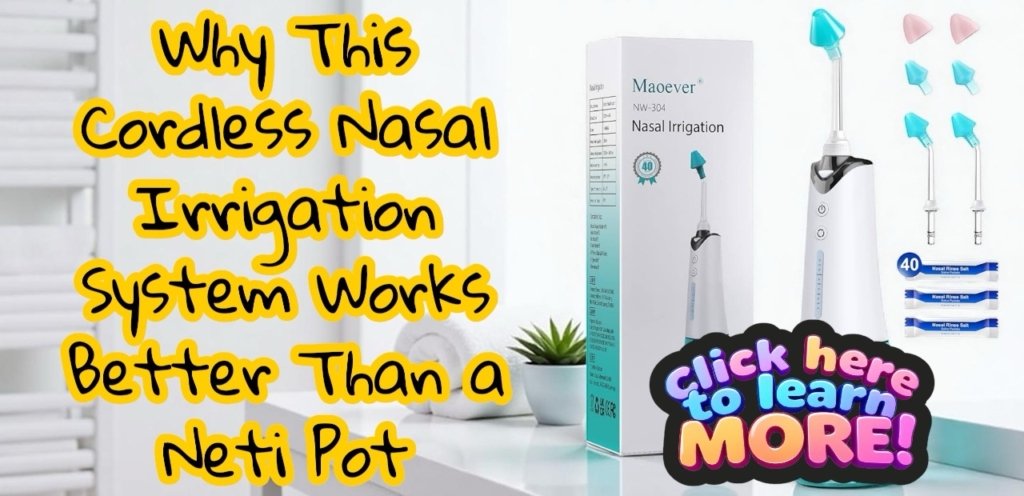
My Daily Nose Cleaning Routine After Surgery
By the time I hit day 7, I had a pretty solid nose care routine down. I was finally past the worst of the pain, and my focus shifted to preventing infection and encouraging healing. Here’s what my typical day looked like once I was cleared to start cleaning:
Morning:
Right after waking up, I’d use my NASALFRESH MD electric rinse machine to do a quick, gentle flush with a saline packet. It helped clear out the junk that built up overnight without hurting like other methods.
Midday:
If my nose felt dry or crusty, I’d lightly dab some saline spray around the outside and just inside the nostrils. Sometimes I used a humidifier to keep the air moist and avoid crusting altogether.
Evening:
Another gentle rinse with my cordless system and a warm compress if my nose felt sore from the day.
This one helped the most: 👉 Cordless Nasal Irrigation Sinus Rinse System
Consistency made all the difference. And if I ever missed a rinse, I felt the congestion creep right back in.
When Dried Blood and Crust Become a Problem
This is the gross but real part of how to clean your nose after septoplasty—the dried blood. Nobody warned me how much it would build up or how hard it would be to remove safely.
At first, I tried to gently blow it out. That backfired. Then I used a cotton swab soaked in saline to dab at it very carefully. But again, only after my doctor said it was safe to do so.
The best trick I learned? Do a gentle rinse first, then wait 5-10 minutes. Once the area softened, it was way easier to clean the outer edges. Never pick or scrape. That’ll just make it bleed and possibly introduce bacteria.
Here’s where I really found value in reading through posts like:
👉 Do I Need to Trim My Nose Hair Before Septoplasty?
It helped me understand how delicate this area truly is after surgery.

What ENT Specialists Recommend for Cleaning After Septoplasty
Most ENT doctors recommend saline rinses 2-3 times a day, starting a few days after your surgery—or once the internal splints are removed. Mine gave me very specific instructions:
- Do NOT blow your nose for at least 2 weeks.
- Use pre-mixed saline packets with sterile or distilled water only.
- Don’t use tap water in a rinse unless it’s been boiled and cooled.
- Avoid touching inside your nostrils with fingers or cloths.
He also said not all nasal rinse systems are created equal. That’s why I love pointing folks to our honest reviews of the best machines that don’t sting or cause backflow:
- 👉 Best Electric Sinus Rinse Machine That Actually Works
- 👉 Why This Cordless Rinse System Works Better Than a Neti Pot
The Wrong Way to Clean Your Nose (Mistakes I Made)
Let me save you the trouble: don’t do what I did in week one. I was eager to feel better and thought, “Maybe I can just lightly blow my nose…” Instant regret. It felt like someone stabbed my septum with a fork.
Then I tried using a Neti pot thinking it would be gentle, but I didn’t get the angle right, and it caused terrible stinging on the healing tissue. I also didn’t wait long enough after getting my stents removed before starting a rinse—my ENT wasn’t thrilled.
My biggest mistake? Not using the right tools. Once I got a battery-powered irrigation machine with adjustable pressure and soft tips, everything changed. I realized how much easier recovery could’ve been if I’d started with the right stuff.
So, if you’re recovering now, please learn from me. Don’t “tough it out” or try shortcuts. Be gentle, be consistent, and trust the gear that’s built for this.

Bonus Tips That Made Nose Cleaning Easier
There were a few random things that really helped me during recovery that I didn’t see mentioned often online. Here’s a quick rundown of what worked for me:
1. Use a handheld mirror.
Sounds simple, but seeing inside my nostrils helped me clean more carefully, especially around stitches or dried blood spots.
2. Sit upright after rinsing.
If I laid down too soon after cleaning, leftover saline would drip back and make me feel sick.
3. Keep tissues nearby at all times.
Even after gentle rinses, there’s some dripping, and dabbing (not wiping) was the way to go.
4. Avoid over-rinsing.
Three times a day max was my limit. Overdoing it just made the inside of my nose feel raw.
5. Keep your hands clean.
Any time you’re near your nose post-op, your hands better be freshly washed. A bad infection is not worth the risk—trust me.
👉 Here’s the ice pack that saved me during infection pain
Frequently Asked Questions About Nose Care After Septoplasty
How soon after surgery can I start rinsing my nose?
Most surgeons will clear you to begin saline rinses 3–5 days post-op or after your internal splints are removed. Always check with your specific doctor.
Can I use tap water in my rinse machine?
No. Always use distilled, sterile, or boiled (then cooled) water. Tap water can introduce bacteria and cause serious infections.
Is it normal to feel pressure or pain when rinsing?
A mild pressure is normal, especially early on. But if it burns or feels sharp, stop and consult your ENT.
Which rinse machine works best after surgery?
For me, it was a toss-up between the NASALFRESH MD system 👉 Check it out here
and the Cordless Irrigation Kit with 6 tips 👉 See this one too
Both worked great, and I’ve reviewed each in detail.

Long-Term Care After Septoplasty Recovery
Once you’re a few weeks out, you’ll notice things gradually getting easier. The big crusts go away, your breathing improves, and rinsing becomes more about maintenance than healing.
I still rinse a few times a week, especially during allergy season or when I’ve been around dust or pets. And honestly, my sinus infections are becoming less frequent now. I didn’t realize how messed up my septum was until after recovery.
If you’re in the early days of healing, just know—it gets better. You’re doing the right thing by taking it slow and being careful. And if you need help, check out these deep dives I wrote:
👉 Best Electric Sinus Rinse Machine That Actually Works
👉 Why This Cordless Rinse System Works Better Than a Neti Pot
👉 The Only Ice Pack That Worked on My Septoplasty Pain
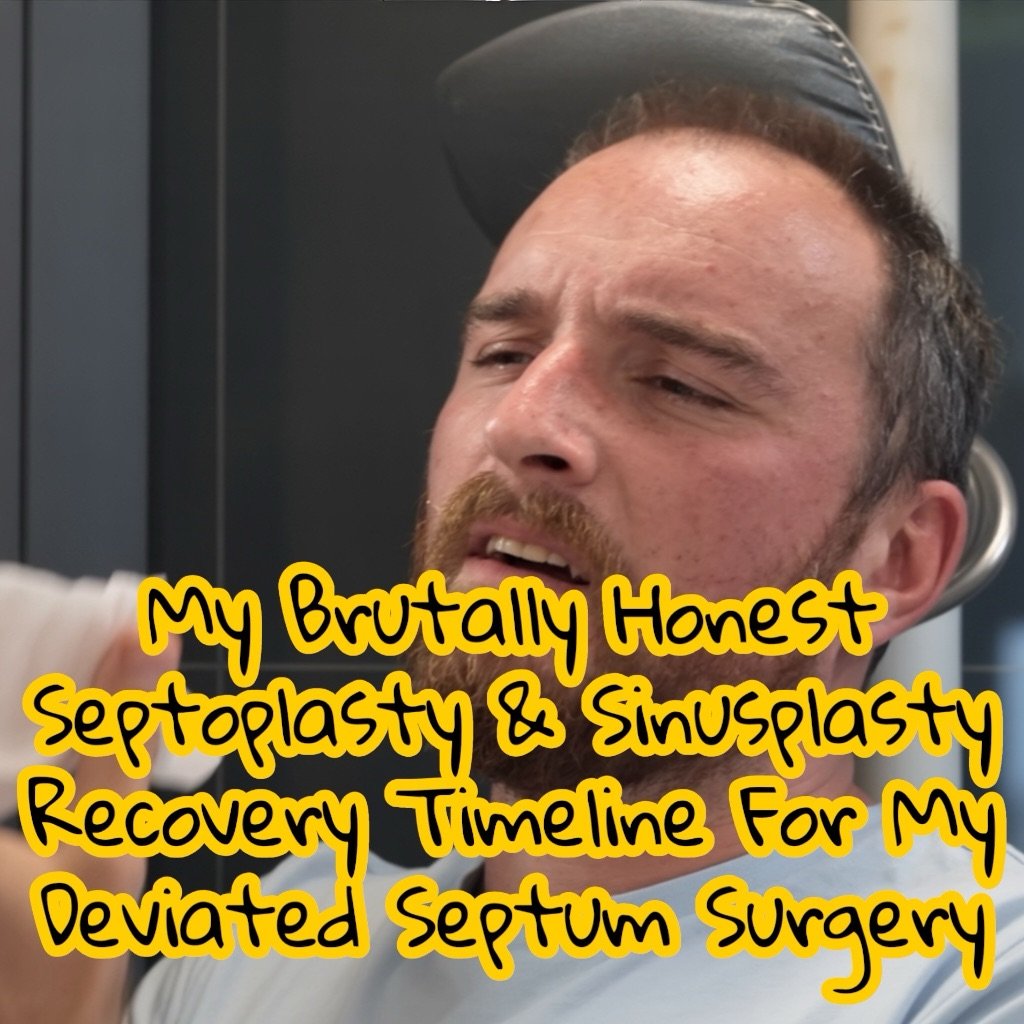
What I’d Tell Someone About to Go Through This
If I could go back and give myself advice before my surgery, it’d be this:
Be patient. Buy the right tools. Don’t try to “tough it out.” Follow every single post-op instruction to the letter, and don’t assume that things will heal on their own if something feels off.
I had a rare complication that led to pus and swelling—but because I stayed on top of it, my ENT was able to fix it fast. And now that I’m healing, I truly see the light at the end of the tunnel.
Cleaning your nose after septoplasty doesn’t have to be scary or painful. You just need the right rinse system, a careful hand, and a whole lot of patience.
And if you’re wondering what actually works, these are the two I personally recommend:
As an Amazon Associate we earn from qualifying purchases through some links in our articles.
